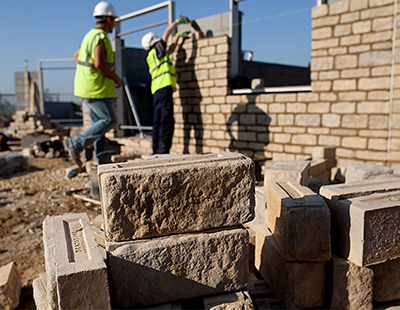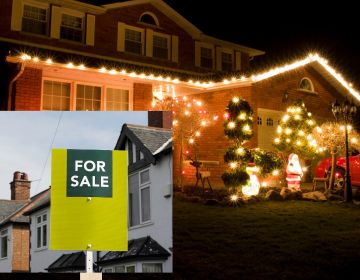
Renters opting for a shared property under the co-living model are older than ever before, according to new data from a London accommodation supplier.
Tenant data from Built Asset management show the average age of renters within shared accommodation across London throughout July 2022 to be 30.6 years old; up from 28.2 years old in February 2020.
In addition, data shows this to have risen by seven years since 2017, when the average age of tenant within a BAM co-living property was 23.9 years old.
“What we’re seeing here is co-living accommodation establishing itself as a sought-after accommodation option across a broader range of working professionals” claims the supplier’s director Alex Gibbs.
“Five years ago, co-living and houseshares were mostly popular amongst younger professionals, largely those in their twenties at the start of their careers, or moving to London for the first time.
“This significant increase in our average tenant age highlights a real shift in attitude towards co-living accommodation. The asset class is no longer being viewed as ‘student accommodation 2.0’ in the way that it sometimes was in a previous era.
“The rise in average age of tenant reflects both new tenants taking out rental contracts with us, and existing tenants extending their leases, suggesting that co-living is not only attracting older tenants in the first instance - but also that more occupants are choosing to remain in this type of accommodation as they mature into their thirties.”
According to BAM’s tenant data, there is a fairly even split between females/males amongst co-living tenants in the capital, a statistic which has remained constant over the last five years .
“Co-living affords both flexibility and value for money to the renter” claims Gibbs.
“This has become increasingly important to young professionals following the pandemic, which saw many facing uncertain work and commuting arrangements. What we’re seeing as we’ve come out of the other side of restrictions is this desire for a long-term flexible solution, as well as a built-in community at home.
“Qualitative data is telling us that the draw of the built-in community has been increased as a result of the feelings of isolation which lockdown restrictions caused for many, in combination with ongoing flexible work arrangements placing even more importance on communities and human interactions outside of the office environment.”
Want to comment on this story? If so...if any post is considered to victimise, harass, degrade or intimidate an individual or group of individuals on any basis, then the post may be deleted and the individual immediately banned from posting in future.




















.jpg)









%20(002).png)




.png)






Join the conversation
It's not just in London.
I used to advertise for 22 to 28 year olds to try and keep the houses reasonably cohesive. Now I've increased the upper end to mid 30s because some of the existing tenants have been there so long they are now well over 30.
The number of enquiries from people in their 40s, 50s and 60s is staggering.
Jo - I actually think the age range going up is a sad reflection of where the whole market is, living in a shared house in your 60’s 😱. Awful.
Co habiting and divorce, people are totally unstable these days, and their is a dependency culture, especially in Wales.
Please login to comment